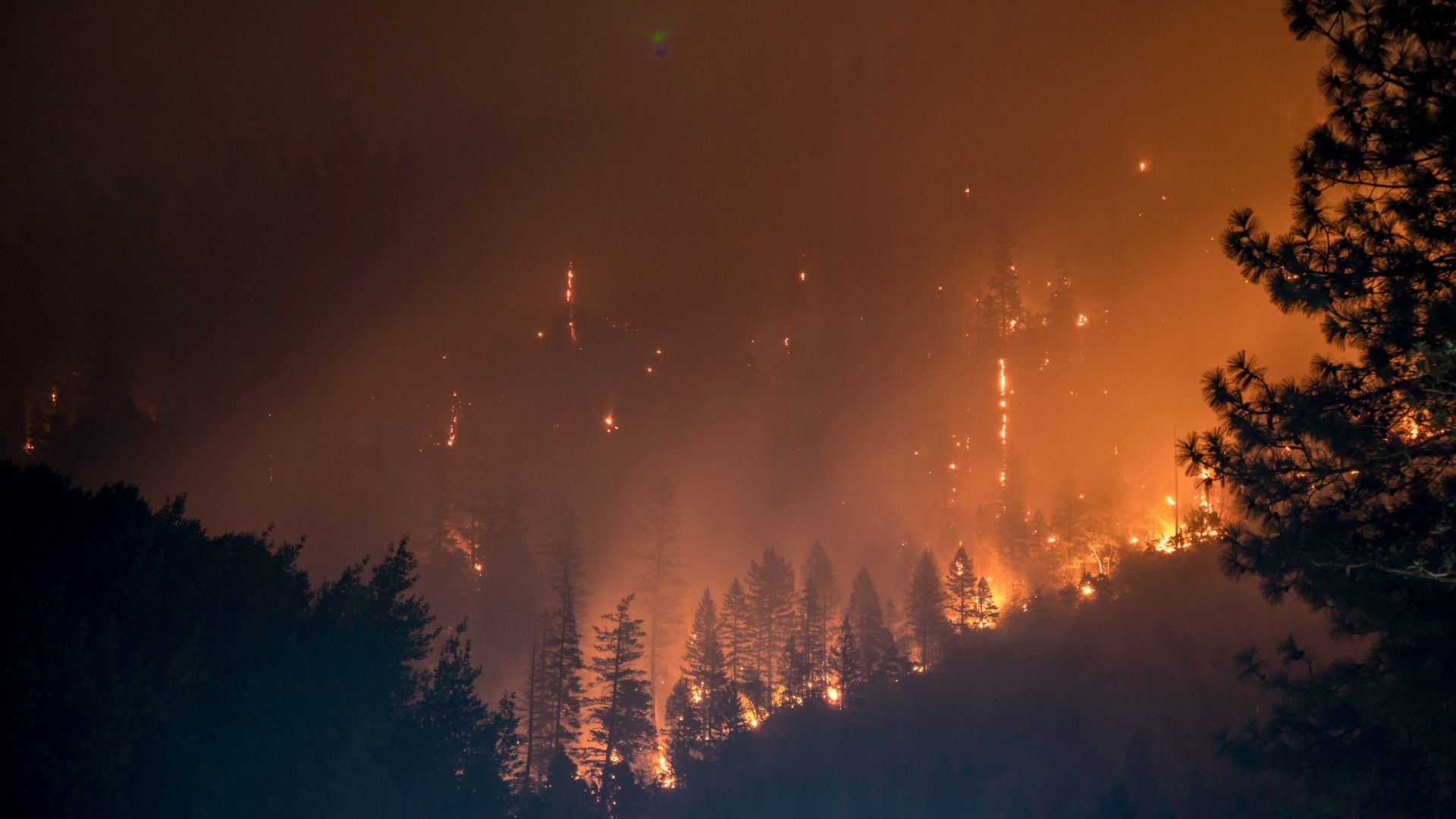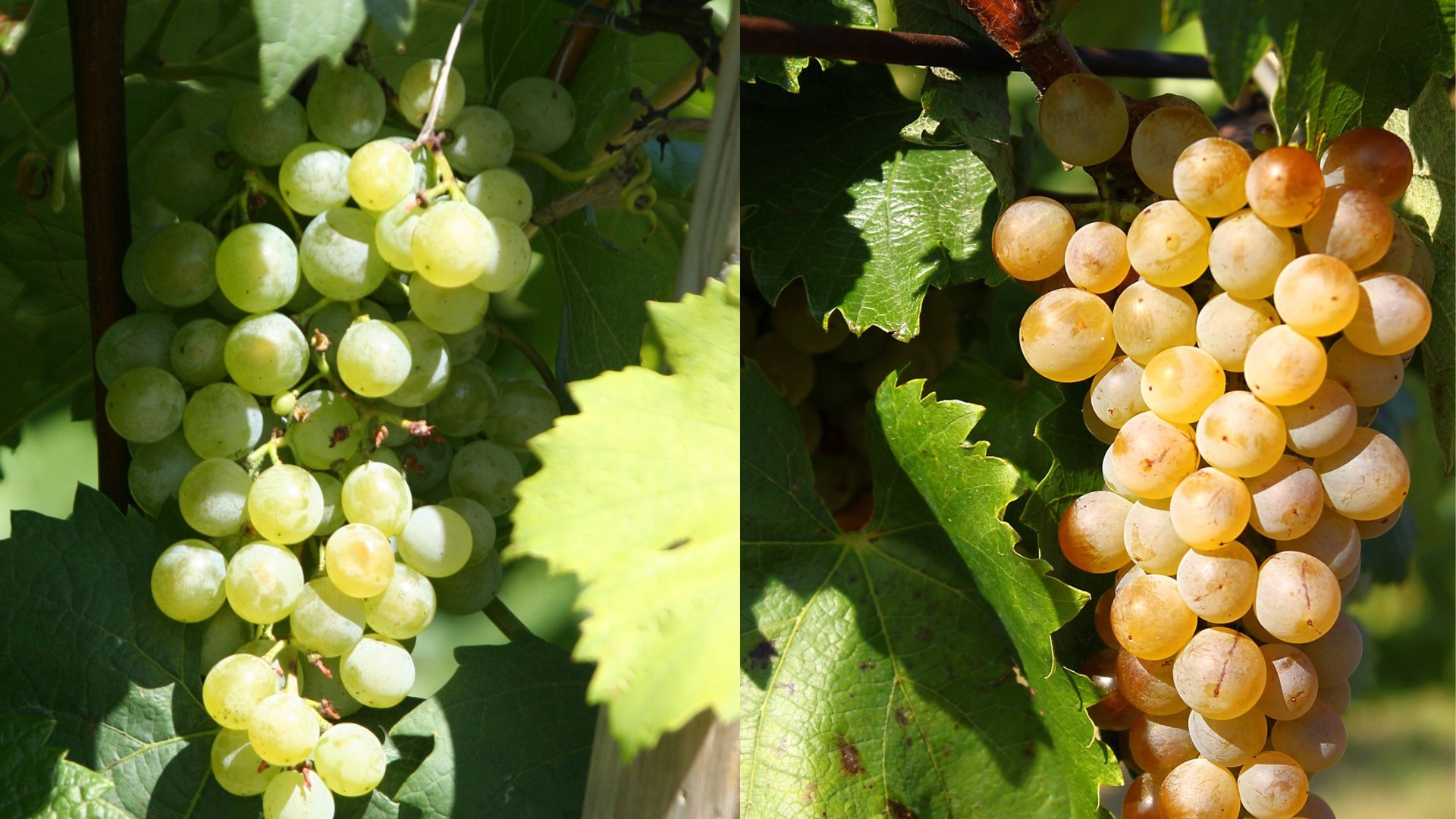A post by
Horst Dornbusch
Founder
Cerevisia Communications

Climate change and beverage raw materials
Global warming is changing the environment of many agricultural beverage raw materials. However, the challenge of stopping or even reversing climate change is a long-term one, whereas the agricultural production of raw materials can hardly wait that long. Plant breeders are now using genetic, marker-driven processes to create new varieties that can thrive under the new climate conditions.
Released on 18/04/2023Updated on 13/08/2024

A post by
Horst Dornbusch
Founder
Cerevisia Communications
Let's start with a succinct fact: without agriculture, there is no beer; no scotch, bourbon and rye whisky; no wine and cognac; no gin and vodka; no fruit juice and fruit brandy; and no coffee and tea ... and when agriculture suffers, so does the entire beverage value chain from the producer, to the processor, to the wholesaler and retailer, to the consumer. Even if the problems are only localised, such as when droughts hit the North American prairies, late frosts hit Central Europe or war breaks out in Eastern Europe, their economic impact is often global because we live in a hyper-connected world today.
This is all the more true when the problem itself is global, such as climate change. The effects of global warming on the global food and beverage supply are now enormous, if not existentially threatening. This series of articles therefore examines the effects of climate change on the raw materials for our favourite beverages, i.e. barley, wheat, hops and grapes. This article provides a "NASA-like" look at the current climate trends on our planet, including the climate situation before the beginning of industrialisation compared to today. Subsequent articles then shed light on what needs to be done to reverse current trends - a challenge the World Bank refers to as "Climate-Smart Agriculture" (CSA).
The acceptance of the thesis that the earth is in the grip of rapidly accelerating climate change is only a few decades old, although some scientists were already warning of global warming a century ago. One of the first climate change prophets was the Swedish physicist Svante August Arrhenius, who calculated the future effects of CO2 emissions from industry as early as 1896. But few people took his warnings seriously. It was only in the middle of the last century that scientific climate predictions became louder and the demand for concrete action to avert a climate catastrophe became more urgent. However, in the realm of logic and reason, it is relatively easy to declare incontestable facts, which are often viewed quite differently in the realm of politics. Until recently, for example, there were still passionate deniers of climate change, such as the former chairman of the powerful U.S. Senate Committee on Environment and Public Works, James Inhofe from Oklahoma. He himself appeared in the Senate in February 2015 with a snowball in his hand to "prove" that the theory of climate change was only concocted by "eggheads" in "science labs" and was therefore a "hoax" and definitely not the result of human activity.
But just eight years later, such stunts have become extremely rare. The reality of climate change is now hard to ignore, even for sceptics like former Senator Inhofe. To quote the title of a groundbreaking 2006 documentary film by former U.S. Vice President Al Gore, humanity is now faced with "An Inconvenient Truth". A year later, this film won an Oscar for Best Documentary Feature; and Gore even received the Nobel Peace Prize for his efforts to educate the world's population about the dangers of climate change. Today, the question is no longer whether climate change exists, but what people can do together to prevent a catastrophe and the impending collapse of the global agricultural supply chain. We are now all in an urgent race against time!
The year 1760 is now generally recognised as the starting point of the Industrial Revolution, which began in Britain but went on to replace artisanal production with mechanised, fossil-fuelled production virtually everywhere. Fossils are carbon-rich, approximately 60 million-year-old remains of trillions of tiny plankton that dissolved underground under pressure and heat at a time when much of the Earth was still covered by a warm and shallow sea. The above-ground creation of these fuels through photosynthesis took millions of years and decarbonised our atmosphere in the process. However, it only took humanity a few centuries of industrialisation to blow much of this carbon back into the atmosphere. And this process is coming to an irrevocable end, as experts estimate that the world's oil and gas reserves will run out by 2060 at the latest, followed by coal by 2090. It seems obvious that once this point in time has been reached, agriculture as we know it today - and with it a large part of beverage production – will no longer be possible.
Given the world's universal dependence on energy from fossil sources, weaning ourselves off this fuel is a mammoth task. And no rational person today can doubt that the development of alternative fuels and technologies that can utilise them is urgently needed, but cannot be achieved overnight. It is therefore simply a matter of urgency that humanity quickly and quickly embarks on the search for a CO2-neutral, if not CO2-negative, form of existence. For agriculture, this means that during the transition period, scientists must develop new crops that can survive in the increasingly hostile environmental conditions created by climate change.
Until a few decades ago, practically all cultivated plants for human use were so-called landraces or land varieties, i.e. plants that only have a single set of genes, namely that of their own variety. Hybrid plants, on the other hand, combine genes from more than one ancestor variety. As the growing conditions in most regions of the world have been relatively stable since at least the last ice age, natural selection has ensured that only the most adaptable plants have become dominant in the gene pool of a variety. In addition, human selection has acted as a control to ensure that only the most useful individuals reproduce. For example, we have developed specialised varieties of wheat that are particularly suitable for baking bread, while others are better for making pastries or pasta, and still others for brewing beer. We have also created many different hop varieties in this way, some with more bitterness, others with more flavour.
However, as climate change is now altering the environment faster than our plants can adapt, genetic science, which only made great leaps forward shortly before the turn of the millennium, has provided humans with new tools for the targeted breeding of new hybrids. For example, the first sequencing of the S. cerevisiae genome took place in 1996; that of wheat in 2005; that of S. pastorianus in 2009; and that of barley in 2017, enabling researchers to not only identify but also localise certain genes within genomes and link them to specific traits - such as pest and disease resistance or strong heat and cold tolerance. A good example of this is the so-called mlo-11 barley gene, which is responsible for resistance to powdery mildew. Some varieties have it, others do not. Therefore, genetic engineering allows plant breeders to save our entire food chain by combining genetic material from different plants to create new hybrids that often combine the desired flavour and processing characteristics of one parent with the desirable agronomic characteristics of the other parent.
It should not be concealed that genetic engineering has also enabled the controversial practice of breeding genetically modified organisms (GMOs). These are organisms that nature probably could not have produced on its own. For example, horses, donkeys and zebras have very similar chromosomes and can therefore interbreed in nature. However, there is no natural hybridisation between horses and giraffes, as their chromosomes have become too different since these two species separated genetically around 78 million years ago. However, scientists could cross these genes in a laboratory to create a GMO "horse monkey". In contrast, crosses between, for example, a North American wild hop such as Humulus lupulus neomexicanus and a domesticated hop such as Tettnanger, which are often carried out in research laboratories, are not GMOs despite the distance of many thousands of kilometres between their habitats.
In the next articles in this series, we will take a closer look at the latest achievements in the development of new, climate-resistant varieties (cereals, hops, grapes) specifically for beverage applications.
The supporting programme of BrauBeviale 2024 will focus on the influence of climate change on the cultivation of raw materials and thus on beverage production in the Raw Materials Forum in hall 1 on 26 November 2024 and 28 November 2024. Not to be missed ...

New grape varieties
A post by Elva Ellen Kowald

Malting barley
A post by Elva Ellen Kowald

Fruit growing
A post by Elva Ellen Kowald